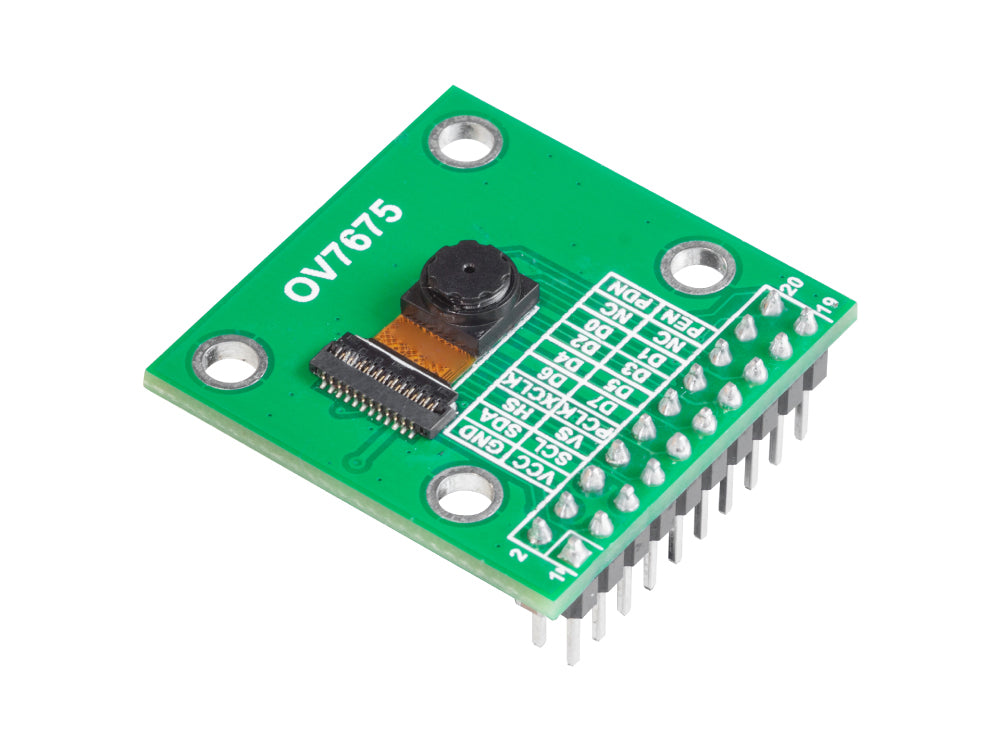You’re a bit of a genius when it comes to graphics and display stuff. That’s much appreciated! Feels important to mention that.I'm at a bit of a loose end trying to decide which direction to go forward for video output.
I really don't want to get a screen with an RGB interface, would rather have generic output which means VGA or DVI/HDMI.
VGA requires either R2R ladders, which are reasonably cheap but messy (roughly 50 resistors for 24bpp) or a 3-channel VGA DAC like an ADV7123.
DVI requires an encoder such as a SiI164 (<$5) which also works for HDMI, or a proper HDMI encoder that can do audio as well like the ADV7513.
Yet another option is making a new USB device interface based on UVC that would basically make the Teensy look like a webcam to the USB Host. The drawback there is you need a PC or similar to view the output, and it wouldn't use any of the LCDIF stuff so it's really out of scope here.
I'm inclined to just go for the R2R solution, since it could be thrown together in an afternoon (assuming my local store actually has the right resistors, it's a new store I haven't visited since they opened) while the other ideas would require getting a board made... although if anyone else wanted to make a simple encoder board like that (basic digital RGB -> DVI/HDMI) I think they'd have no trouble covering their costs by selling extras back to the community.
I would love HDMI output with audio, that would simply be amazing! I can only support you with hardware so that you don’t have to use your own wallet. That’s about what I can do to assist you with that endeavor.
Last edited:


